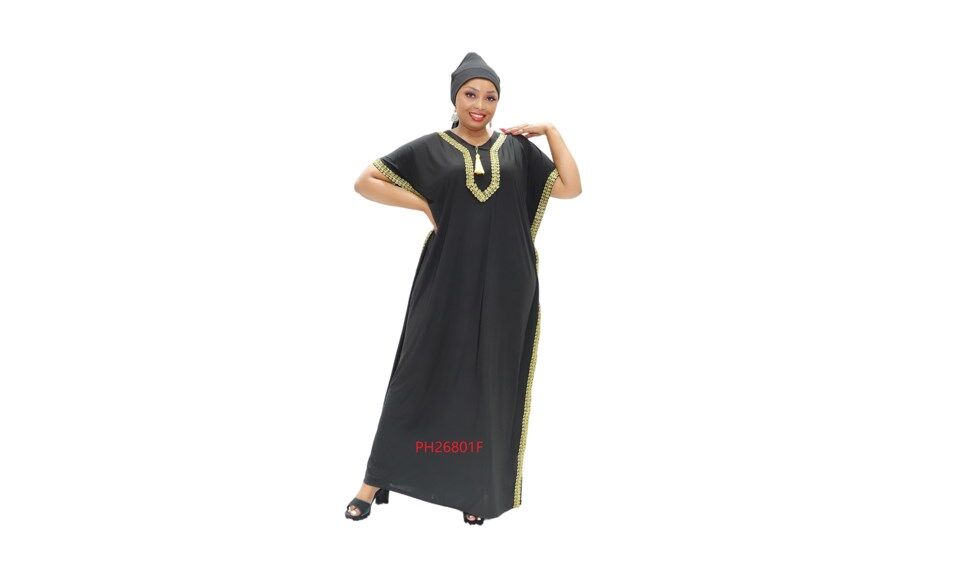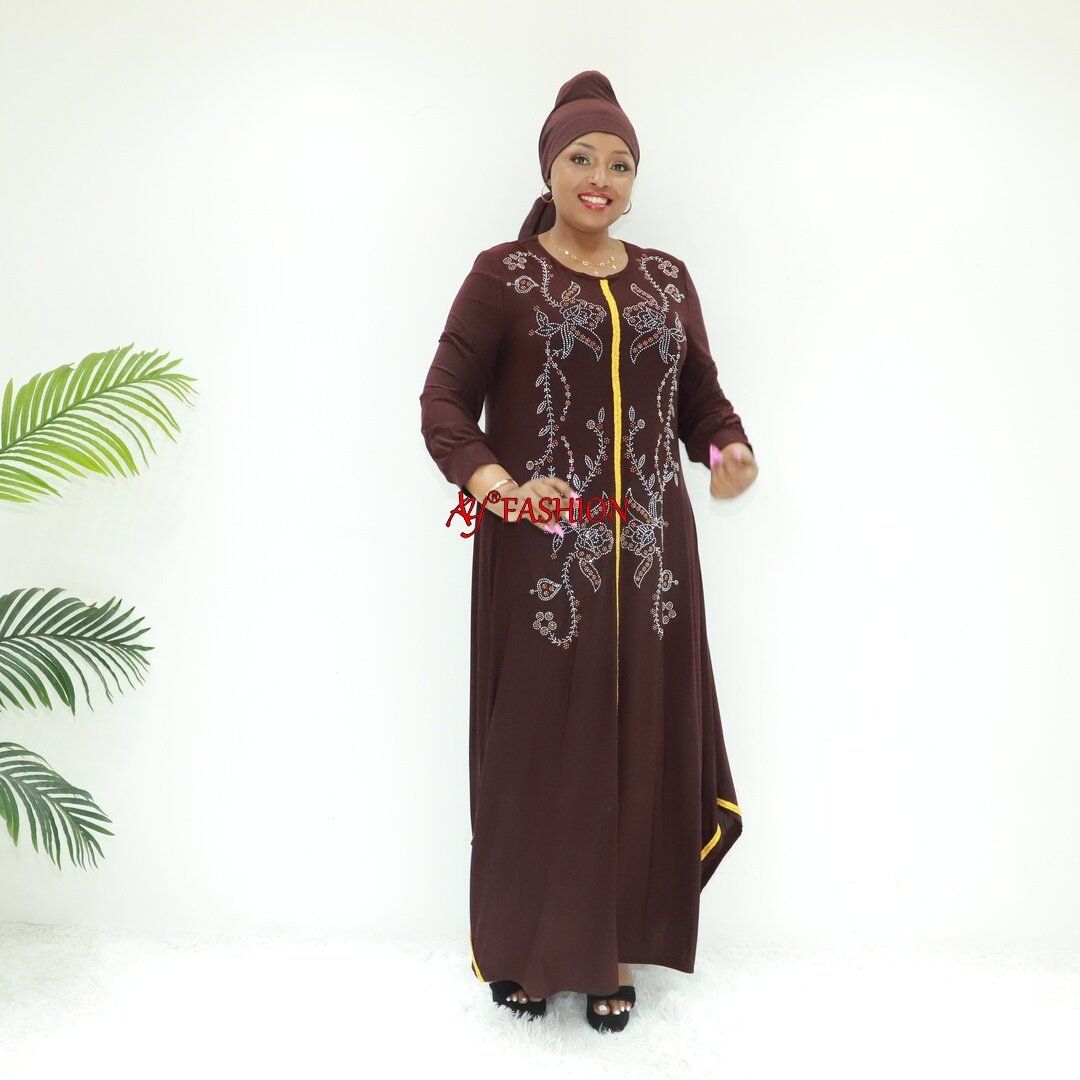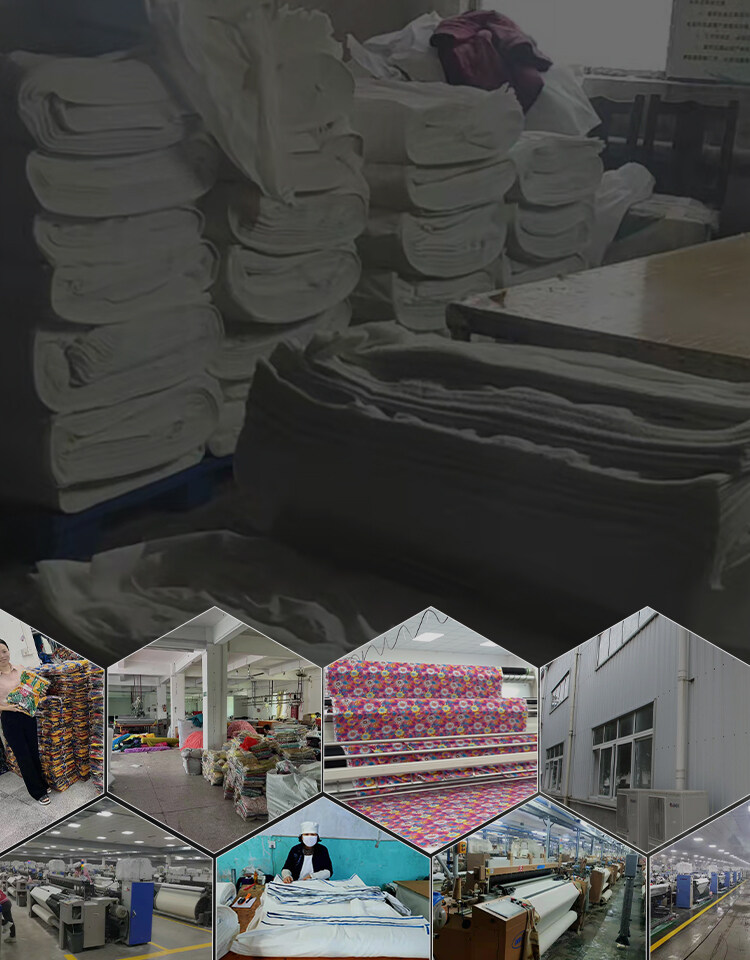Email format error
Email cannot be empty
Email already exists
6-20 characters(letters plus numbers only)
The password is inconsistent
Email format error
Email cannot be empty
Email does not exist
6-20 characters(letters plus numbers only)
The password is inconsistent

News
News

The Timeless Elegance of the Muslim Abaya Dress
The Muslim abaya dress is a traditional garment that has been worn by women in many Islamic cultures for centuries. It is a symbol of modesty, elegance, and cultural identity, and in recent years, it has also become a canvas for fashion innovation. This blog post aims to provide a comprehensive understanding of the abaya, its cultural significance, and its evolution in the world of fashion.
The Traditional Abaya: A Symbol of Modesty and Dignity
The abaya is a loose, black garment that covers a woman from head to toe, traditionally worn in the Arabian Peninsula and many other Islamic countries. It is typically made from a light, flowing material, allowing for comfort in the warm climates of the Middle East.
Cultural Significance
The abaya is more than just a piece of clothing; it is a symbol of a woman's adherence to Islamic principles of modesty and decency. It is worn as a part of the hijab, which is the broader concept of modest dressing in Islam.
Variations Across Cultures
While the traditional abaya is black and plain, variations exist across different cultures. Some abayas are embroidered or come in different colors, reflecting regional preferences and personal styles.
The Abaya in Fashion: A Fusion of Tradition and Modernity
In recent years, the abaya has taken center stage in the fashion world, with designers creating modern and stylish interpretations of the traditional garment.
Designer Abayas
Contemporary designers have introduced abayas in various cuts, colors, and materials, making them more appealing to a younger demographic and those looking to express their personal style while adhering to their faith.
Fusion Styles
The fusion of traditional abaya designs with modern fashion elements, such as lace, sequins, and tailored fits, has led to a new category of modest fashion that is both chic and respectful of cultural norms.
The Abaya as a Fashion Statement
The abaya has become a powerful fashion statement, reflecting the wearer's identity and personal expression.
Personal Style
Many women choose to accessorize their abayas with stylish hijabs, jewelry, and handbags, creating a unique look that is an extension of their personality.
Cultural Pride
For some, wearing an abaya is a proud declaration of their cultural heritage and religious beliefs, showcasing the beauty of Islamic traditions in a contemporary context.
The Abaya in the Global Fashion Market
The growing popularity of the abaya has led to its inclusion in the global fashion market, with major fashion houses and retailers recognizing its potential.
International Appeal
Abayas are now being worn by women of various faiths and backgrounds, appreciating the garment for its elegance and modesty.
Online Retail
The rise of e-commerce has made it easier for consumers worldwide to purchase abayas, with online retailers offering a wide range of styles and designs.
Challenges and Opportunities
The integration of the abaya into mainstream fashion has brought about both challenges and opportunities.
Cultural Sensitivity
Designers and retailers must approach the abaya with cultural sensitivity, ensuring that their designs respect the garment's traditional roots and significance.
Innovation and Inclusivity
There is an opportunity for the fashion industry to innovate and create inclusive designs that cater to the diverse needs and preferences of Muslim women.
The Future of the Abaya
As the abaya continues to evolve, it is likely to remain a significant part of both Islamic culture and global fashion.
Technological Integration
We may see the integration of technology into abaya designs, such as smart fabrics that adapt to temperature or incorporate safety features.
Sustainable Fashion
With a growing focus on sustainable fashion, there is potential for eco-friendly materials and production methods to become more prevalent in abaya manufacturing.
Conclusion
The Muslim abaya dress is a timeless garment that embodies modesty, cultural pride, and elegance. Its journey from a traditional symbol to a fashion statement reflects the dynamic interplay between cultural heritage and modern trends. As the abaya continues to gain recognition in the global fashion scene, it stands as a testament to the richness of Islamic culture and its influence on contemporary styles. The future of the abaya looks bright, with opportunities for innovation, inclusivity, and sustainability.

